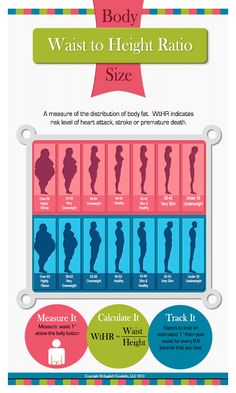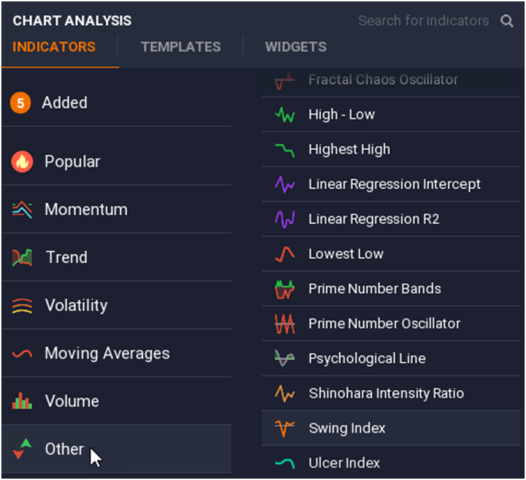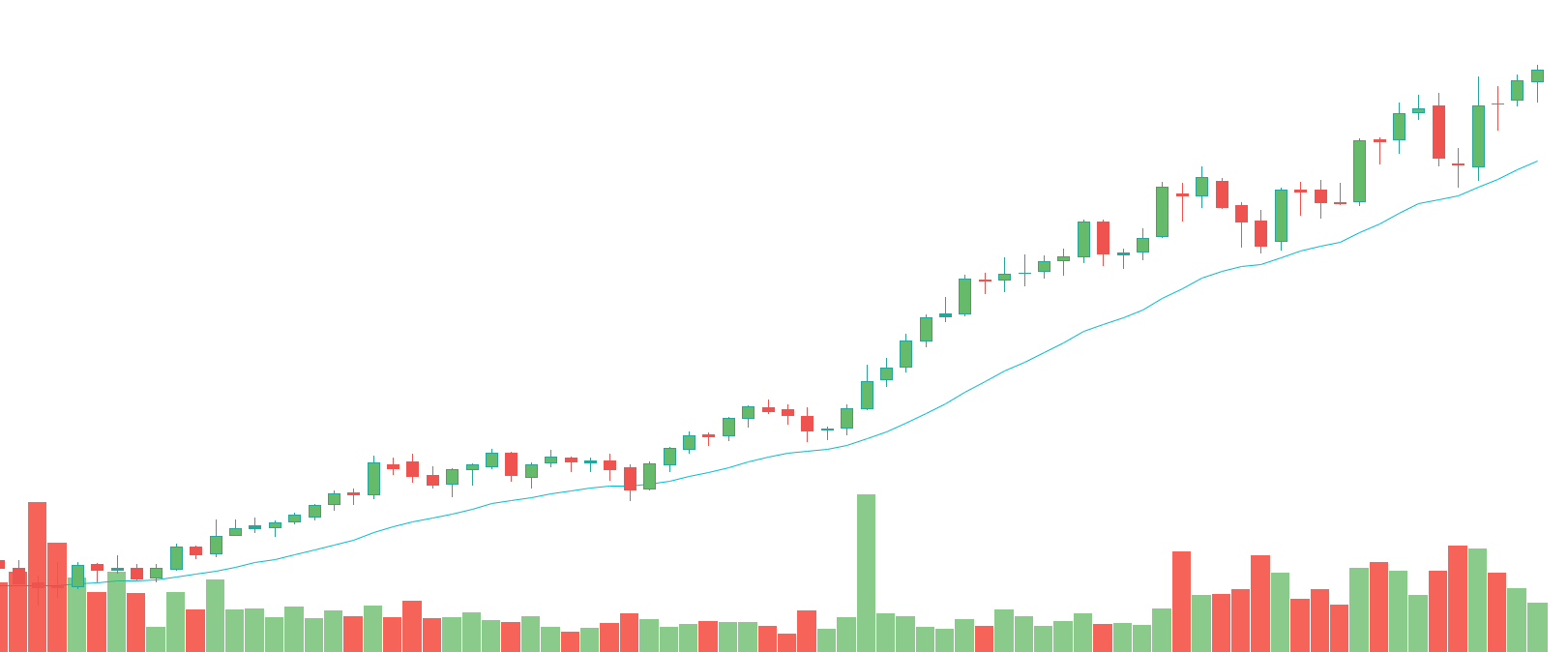Contents:


Third, managemarketable securities examples must develop a strategy for deciding when to buy and sell marketable securities, which securities to hold, and how much to buy or sell in each transaction. Thus, the classification of assets is essential to determine a company’s liquidity position, solvency, and risk. Classification into current assets and fixed assets helps in planning for working capital requirements and also in knowing the long-term financial position of a company.

A bearer security is tradable security and gives shareholders the rights that arise from the security. They are transferred from investor to investor, in some cases by endorsement and delivery. Concerning ownership, bearer securities prior to digitization were always split. Each security represents a separate asset that is legally separated from the other securities on the same issue.
Results Out for BACHELOR OF MANAGEMENT STUDIES (SEM…
This definition is an expanded and clarificatory version of the definition provided in the 1993 Regulation, retaining the substantive portion intact. Current assets are short-term assets that can be converted into cash within a financial year. These are usually recurring as they occur due to the day-to-day operations of a business. For example, marketable securities, inventory, accounts receivables, etc. Types of current assets,which refers to the money due to a business for services delivered or goods sold but not yet paid by the consumers. Whenever you expect the capital to get paid in the current year, these are known as current resources.

The Trustee in the instant case is a body corporate and it had issued the units. Therefore the Appellant in the instant case, squarely fit into the definition of Registrar to an Issue provided in rule 2. Since we are examining the nature of units to consider as to whether they are securities or not, it is necessary to have a look at the Regulations governing mutual funds. In this context it is to be noted that the 1993 Mutual Fund Regulations, which was in position when the Arihant Mangal Scheme was floated, was repealed by the 1996 Regulations.
What is the role of Underwriters in the Securities Markets?
These assets can be of various types depending on their nature, liquidity and more. Assets determine a company’s financial position and can help predict growth and risk. It is paramount to understand what assets are to help decipher a company’s standing. Some examples of assets are machinery, equipment, property, goodwill, intellectual property, cash, marketable securities, prepaid expenses, inventory, goodwill, royalties, deferred tax assets, etc. A higher amount of cash holding indicates a higher liquidity ratio of a company. That means the concerned company is prepared to meet any short-term financial obligation without any outside financial support.
A company’s financial stability also depends on its management. Hence, considering this ratio, a company can also optimise its management efficiency in following the demands of potential creditors. Efiling Income Tax Returns is made easy with ClearTax platform. Just upload your form 16, claim your deductions and get your acknowledgment number online.
At the time of maturity, the investor is paid the face value or par value. To run any business successfully, you must have a regular flow of cash, and so companies often have liquefiable assets which can be readily converted to cash. The balance sheet equation follows the accounting equation, where assets are on one side, liabilities and shareholder’s equity are on the other side, and both sides balance out. Owner’s equity is equal to total assets minus total liabilities. In other words, it is the amount that can be handed over to shareholders after the debts have been paid and the assets have been liquidated. Equity is one of the most common ways to represent the net value of the company.
The liquidity ratio helps to understand the cash richness of a company. If these securities and/or debt are anticipated to be converted into cash within one year, they are listed at their current market value, in the Current Assets section of the balance sheet. If they are not trading securities, they are listed as Non-Current Assets. Marketable securities are defined as any unrestricted financial instrument that can be purchased or bought on a public inventory trade or a public bond trade. Therefore, marketable securities are classified as both marketable fairness security or marketable debt safety.
Meaning & Definition
When a company makes an IPO the shares of the company becomes widely held and there is a change in the shareholding pattern. The shares which were privately held by promoters are now held by retail investors, institutions, promoters etc. An IPO can either be a fresh issue of shares by the company or it can be anoffer for saleto the public by any of the existing shareholders, such as the promoters or financial institutions.
Treasury payments and industrial paper, additionally rely as short-time period investments. Marketable securities are a part of present assets on a firm’s stability sheet. It is part of a determine that helps decide how liquid a company is, its ability to pay expenses, or pay down debt if it needs to liquidate assets into cash to do so. A marketable safety is a monetary asset that can be offered or transformed to cash inside a 12 months. They are usually securities that can be bought or sold on an change. Marketable securities are carried on the Balance Sheet as present belongings, often in an account referred to as Short term investments.
- The legal entity’s bonds represent creditor relationships with government agencies or businesses or optional ownership.
- The bank asks Cynthia to give a detailed balance sheet, so it can assess the quick ratio for the company.
- Here is collection of mutual fund terminologies their meaning and definition in detail.
- Fixed assets like vehicles, machinery, and more follow under wasting assets.
- ♦ The standard deviation of the change in daily cash balances is Rs.
Quick Ratio is considered a more conservative ratio than Current Ratio, which is also another type of liquidity ratio, as it uses quickly available or liquid assets. Quick Ratio measures the company’s ability to pay its current liabilities without selling its assets or getting any additional financing. Cash management strategiesentails that idle cash should not be locked up into unproductive accounts. Instead, surplus cash needs to be put into such marketable instruments.
Production and TQM SYBMS Question Bank 2019
It is advisable to prescribe the proportion of investments in different securities like government securities 60%, corporate securities 20%, etc. The firm should have a clear mechanism to get the risk of the portfolio and this information should be made available to chief of treasury operations. If the level of operation is very high, it is worth to implement the concepts like Value-at-Risk to avoid major losses on such transactions. Debt securities of corporations with maturity of longer than one year are corporate bonds. The usual par value of a corporate bond is Rs. 100 and sometimes Rs. 10,000, and maturities range from about two to as many as thirty years.

As per regulation 2 unit means the interest of the unit holders in a scheme, which consists of each unit representing one undivided share in the assets of a scheme . In this context he referred to the concept of Mutual Fund, Sponsor, Trustee, Asset Management Company and Custodian, recognized under the Regulations and the duties and functions assigned to each one of them. He submitted that the Appellant is not out of the reach of the Regulations and that since it has failed to comply with the requirements of the law, the penal consequences provided for the failure are applicable. The issue opened on 19thAugust 1994 and closed on 5th September 1994. In the said offer document the Appellants name was shown as Registrar to the Issue.
Principles of Marketing Question Bank FYBMS 2019
It enables them to compare current assets and liabilities to determine the business’s liquidity, or calculate the rate at which the company generates returns. Comparing two or more balance sheets from different points in time can also show how a business has grown. In addition to giving a fair amount of overview on the above two, we have also discussed different models useful in taking decision on investments in marketable securities.
Also, the value of https://1investing.in/ is not guaranteed, meaning there’s no certainty in the amount that’ll be received for liquidating the inventory. If the shareholder’s equity is positive, then the company has enough assets to pay off its liabilities. It is the extent to which a company may settle its short-term financial liabilities without securing additional financing or selling off its inventory.
For example, a 7-year bond may have a put option at the end of the 5th year. If interest rates have risen, Puttable bonds give investors the ability to exit from low-coupon bonds and re-invest in higher coupon bonds. A zero coupon bond does not pay any coupons during the term of the bond. The bond is issued at a discount to the face value, and redeemed at face value.
Marketable securities are highly-liquid financial tools that can be sold or converted into cash within a year of investment. Businesses issue these securities to raise capital for operating expenses or business expansion. On the other hand, a business invests in marketable securities to make some short-term earnings with the cash at hand.
